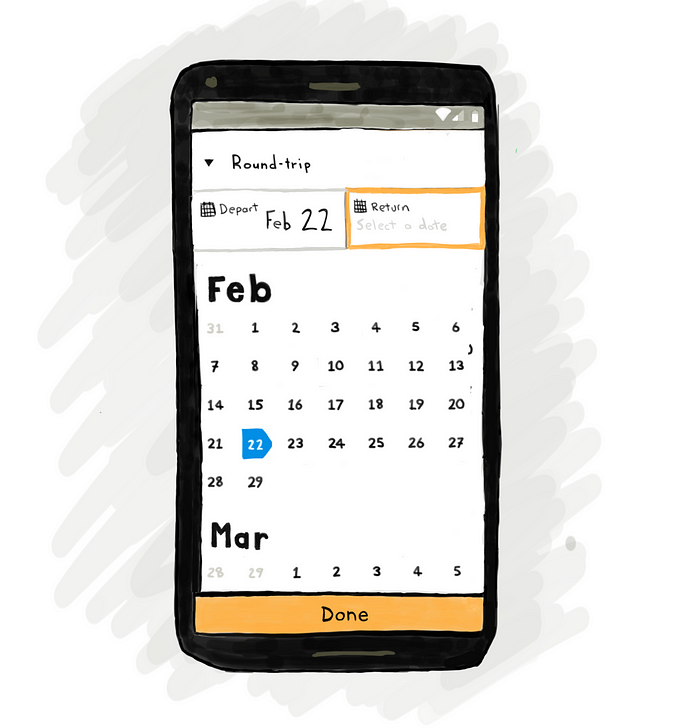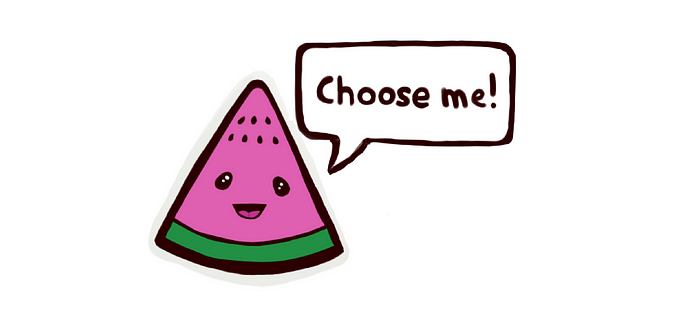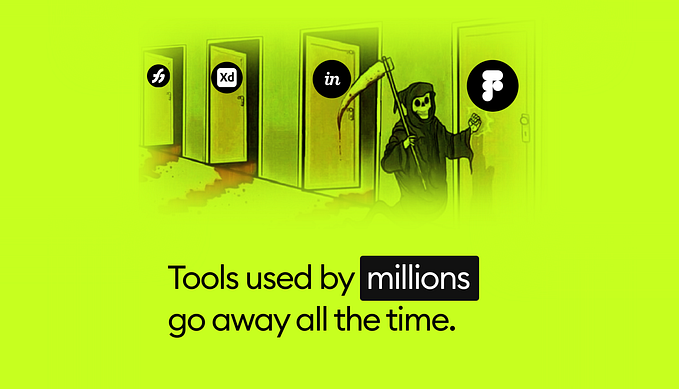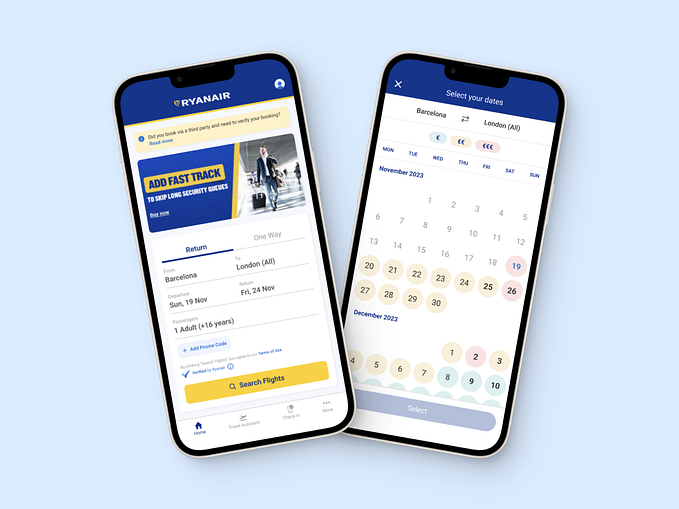You’re grounded: time to level up your remote research
Rethinking your research plan when you can’t travel.

Nothing compares to being with an individual and learning about them in their context. That’s why in-person research is such a major part of any discovery-phase research plan.
But have we been relying on in-person research too much? Has it become a crutch?
What happens when you can’t be “in the field”? When you can’t be at someone’s home, work, or school? When you can’t experience their life alongside them?
Having your well-laid research plan thrown out the window is a reality many design researchers are facing now — including me. (The firm I co-founded, obvi design, is a design company and our first product, obvi text, is a digital diary study platform. Research is in our DNA).
While there has been a proliferation of digital tools around the research process, from participant recruitment platforms to research repositories, there haven’t been nearly as many that supplement — much less replace — ethnographic-style, exploratory research.
Why is that? Because you can’t replace it. It’s a hard truth.
But that doesn’t mean you can’t do qualitative research or that you shouldn’t. It doesn’t mean that you can’t uncover insights to help you answer the questions in your design briefs.
Remote research methods have a ton to offer — you just have to think critically about what they can and can’t do…and get a little creative! Let’s review a few remote qualitative research methods and how they might fit into any research plan — not just a remote one.
Video interview
Remote interviews are an obvious choice, and one you likely have experience with. There are many tools to support it, from Facetime to Zoom to Whatsapp.
Tip: Go mobile if possible. It’s worth the sacrifice in video quality to allow your research participant to move around their environment.
Potential new observations:
- How comfortable is your user with video chatting? What does this say about their work and personal life, and who might be in it?
- What contributes to or detracts from building rapport with someone digitally?
Digital diary study
Diary studies, or studying participants over time, bring the day-to-day of your participants’ lives to life. With smartphone ownership at an all-time high, the content is rich and way easier to gather than it used to be. You can go full-service with a platform like Dscout or Indeemo, self-service with obvi text, or completely DIY with a messenger like Whatsapp.
Tip: Pick a topic or line of inquiry that benefits from being seen over time. For example, you could learn about someone’s recycling habits by seeing how/if/when they recycle over a month.
Potential new observations:
- How does your user behave over time?
- What are some of the highs and lows of their experience?
Online panel or focus group
Online groups can be a great way to have a focused conversation around a topic or gather feedback on ideas. There are proprietary platforms like Recollective or iTracks that bundle online groups with other services. It’s possible to DIY your own with video conferencing tools like Zoom or Slack.
Tip: Ask participants to do a short pre-session homework assignment to help break the ice and build rapport. It can be as simple as answering an open-ended question, or requesting them to send an image or article link.
Potential new observations:
- With whom and how do your participants build rapport with one another?
- How do participants’ perspectives shift from the start to the end of the conversation?
Online listening
Check out what people are saying on social media channels, but don’t stop there. Stretch yourself to find the keywords, hashtags, outlets and micro-influencers that your participants follow. Read the articles they might read (don’t forget the comments!), listen to their favorite music, check reviews for products they might buy, and join the forums they’re a part of.
Tip: Think of listening like a deep “in their shoes” exercise combined with the “beginner’s mindset”. Start at the surface, and see where it takes you.
Potential new observations:
- Who are some surprising voices of influence?
- What slang, colloquialisms, and other lingo do you learn?
It’s possible — and now, necessary — to do good design research without being in the field. Let’s make our research plans stronger and more diverse.
And no matter which methods you choose, the same rules of research apply: Be respectful. Be safe. Be open-minded.









